Figures & data
Figure 1 Eye dropper bottle.
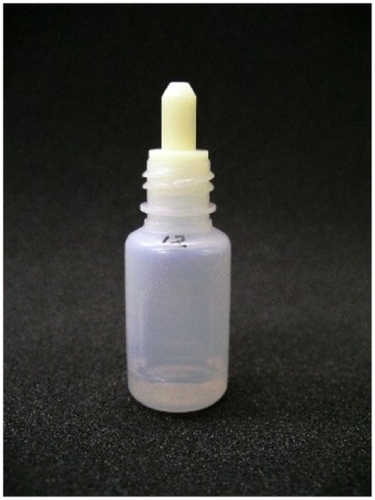
Figure 2 Structure of eye dropper bottle.
Abbreviations: IAD, inner aperture diameter; ISV, internal space volume; ODT, outer diameter of tip.
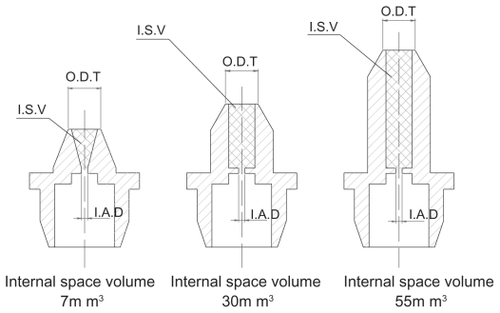
Figure 3 Dispensing time measuring apparatus.
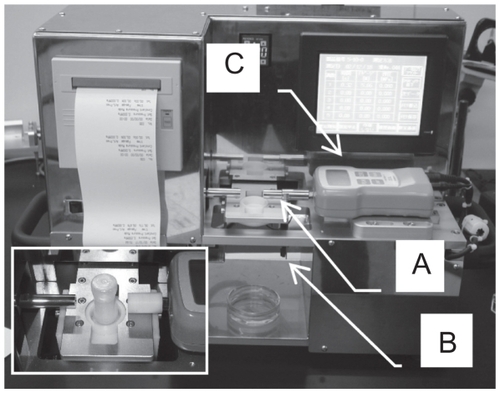
Figure 4 Dispensing time under condition of changing inner aperture diameter, thrust load pressure, and types of solution.
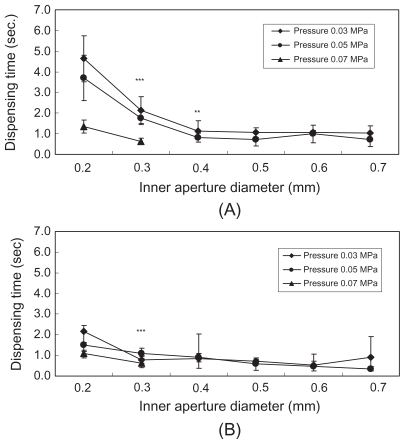
Figure 5 Dispensing time under condition of changing internal nozzle volume, inner aperture diameter, and types of solution.
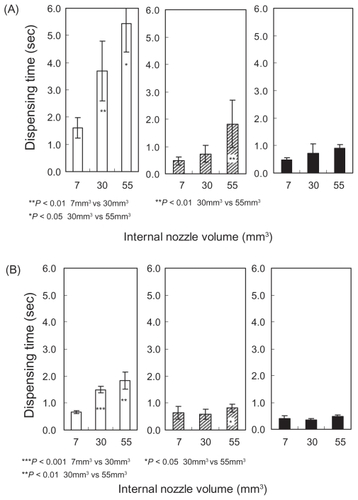
Figure 6 Dispensing time under condition of changing fluid volume, inner aperture diameter, and types of solution.
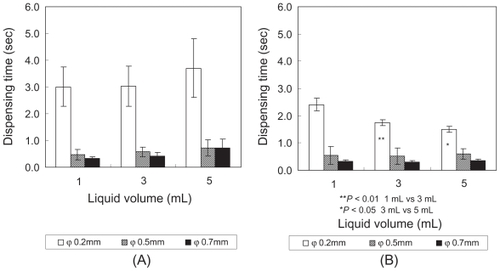
Table 1 Regression analysis regarding the dispensing time